Stop the Struggle: Why a No-Pull Dog Harness Is the Best Way to Train Your Dog
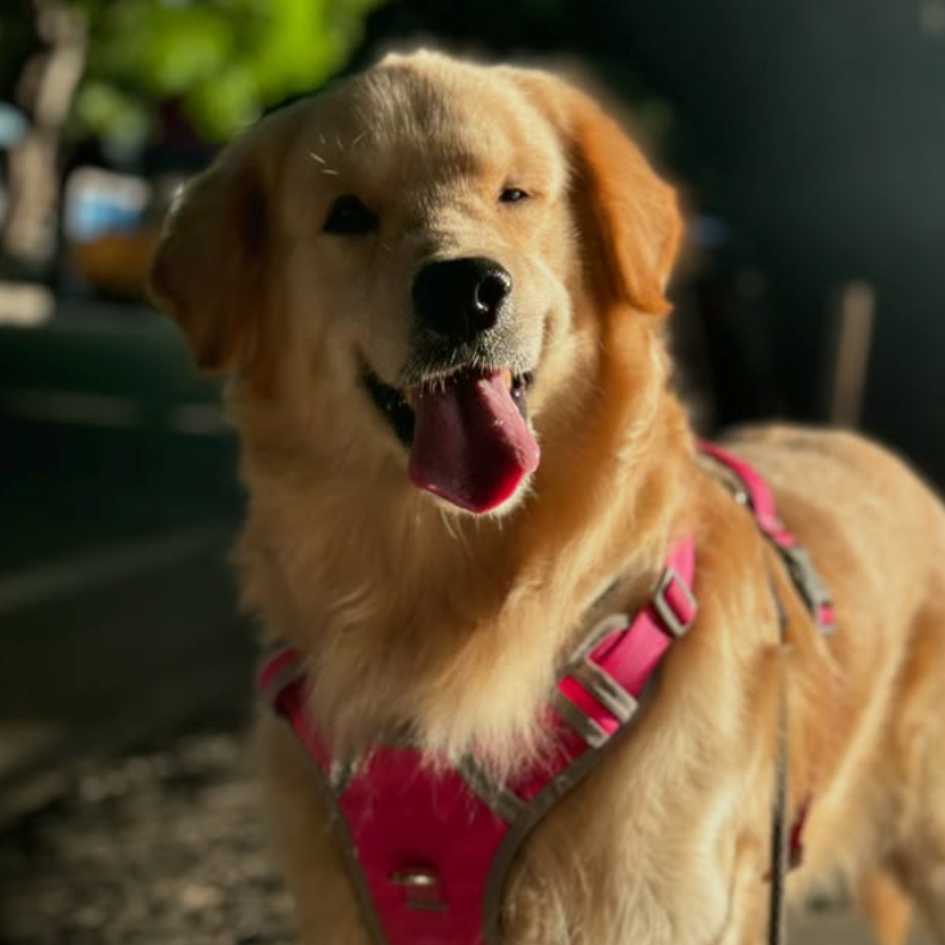
Training your dog to walk calmly on a leash is one of the most rewarding yet challenging parts of dog ownership. A good dog harness, especially a no-pull dog harness, can change the walking game for you and your canine friend. In this article, we’ll explore how harnesses work, why they’re often better than traditional collars, and how you can use a harness to successfully stop pulling behaviors. Whether you have a small dog or a strong animal, understanding the right type of harness and training techniques will transform your dog walking routine into a peaceful, enjoyable experience.
This blog post is a must-read for any dog owner tired of getting dragged down the street or dealing with frustrating dog pulling behavior. We’ll answer your top questions, recommend tools and training tips, and help you choose the best no-pull harness for your pup
Why Does My Dog Pull on the Leash So Much?
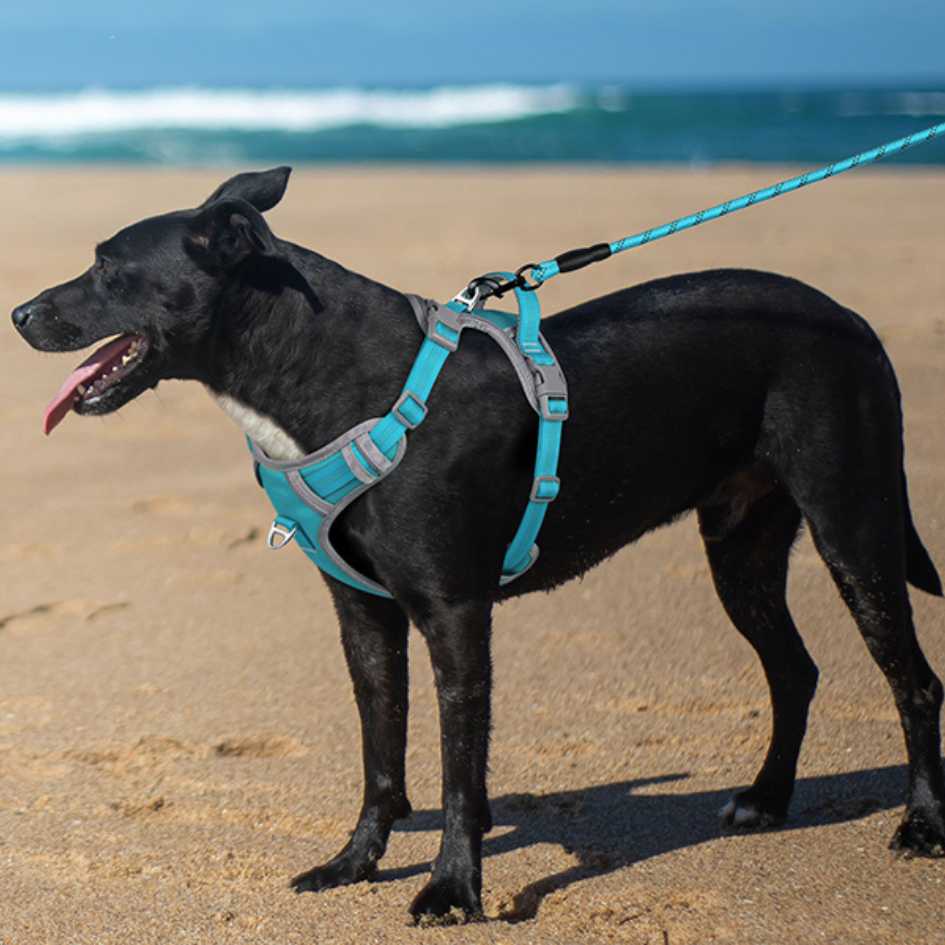
Dog pulling is a common issue, especially in energetic breeds or small dogs who haven’t yet learned leash manners. Your dog pulls because it’s natural — they want to explore, and the world is full of exciting smells, sights, and other canines.
Another reason dogs pull is due to ineffective tools like a basic dog collar. Traditional collars put pressure on the dog’s neck, which can make the dog to pull even harder, especially if they get excited or distracted. This often leads owners to jerk the leash, which causes discomfort and can damage the trachea.
Using a harness instead of a collar helps reduce the urge to pull by distributing pressure across the dog’s chest, giving you better control and helping to guide your dog back without pain.
How Do No-Pull Dog Harnesses Work?
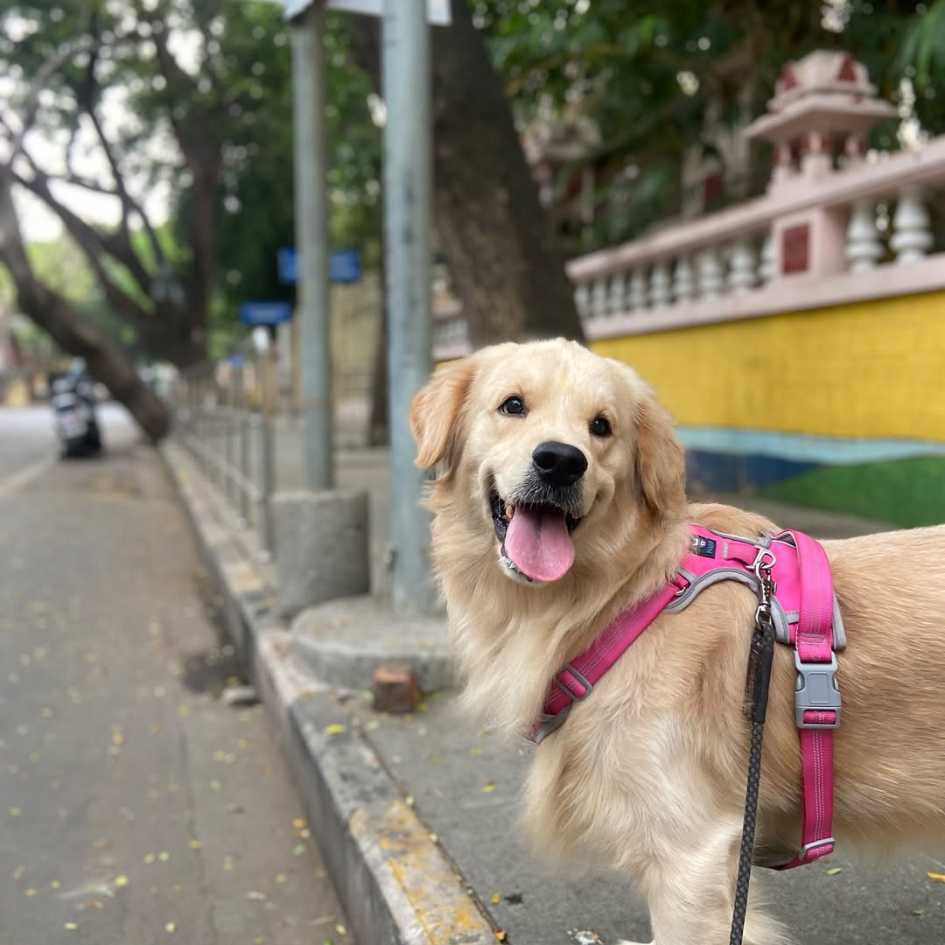
A no-pull dog harness is designed with features that discourage pulling and encourage better behavior. Unlike back-clip harnesses, these tools often have a front ring or a clip in front, allowing the leash to attach at the chest and behind the front legs.
When the dog pulls, the design gently turns the dog back towards you, making it harder for them to keep moving forward. This method teaches the dog to walk on a loose leash by making pulling ineffective. Over time, they learn to stay by your side where the leash feels most comfortable.
No-pull harnesses have straps that wrap securely but comfortably, often made of soft materials to prevent chafing or irritation. The design ensures your dog can’t escape, and most harnesses work without needing you to jerk the leash.
Is a Dog Harness Really Better Than a Collar?
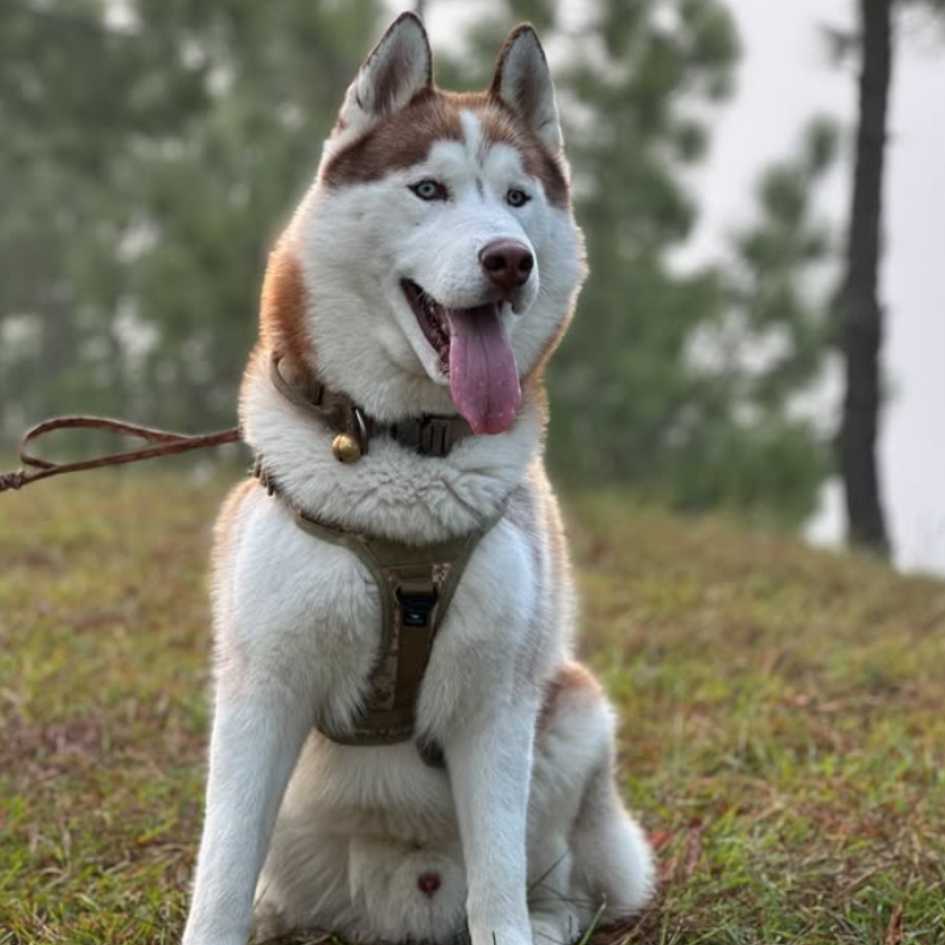
Yes — in most cases, a dog harness is significantly better than a dog collar, especially for training and positive reinforcement. A collar focuses pressure on the dog’s neck, which can lead to injuries, especially in small dogs or bully breeds with strong pulls.
A harness is better because it distributes that pressure over the dog’s chest and front legs, areas that are less prone to injury. With a no-pull dog harness, your dog isn’t being choked or harmed, even if they try to pull harder.
That said, not every type of harness is right for every dog. Back-clip versions might encourage some dogs to pull, while head halters may be more appropriate for very strong pullers with consistent guidance from a trainer.
What’s the Best Type of Harness for Your Dog?
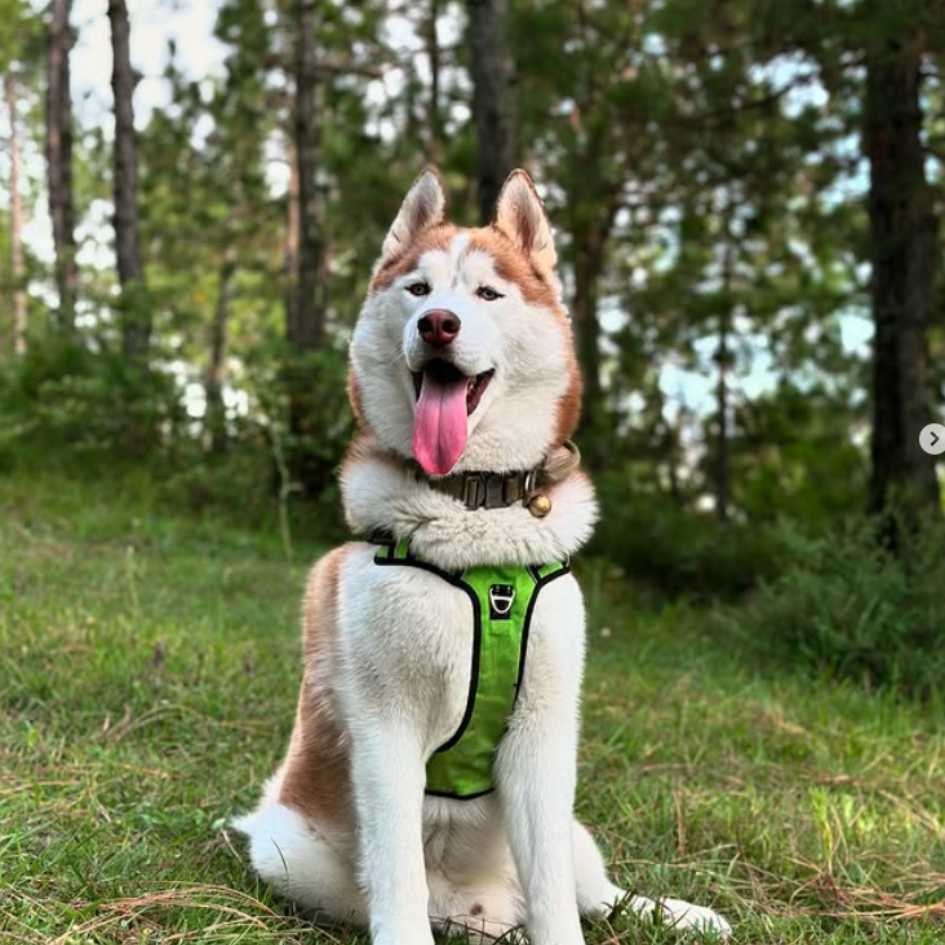
Choosing the best no-pull dog harness depends on your dog’s breed, size, and behavior. For small dogs, lightweight harnesses with padded straps are ideal. For larger breeds or stronger pullers, a front-clip or easy walk style is typically more effective.
Some harnesses also have a clip in the back, giving you flexibility. Look for options with multiple adjustment points and durable buckles to ensure a snug fit. The type of harness you choose should allow your dog to move freely without risk of discomfort or hurt.
Make sure you can easily clip the leash to the front ring, which is essential for controlling the dog pulling behavior. A snug fit is critical — a loose harness can slip, making it useless in preventing pulls.
How to Use a No-Pull Dog Harness Effectively
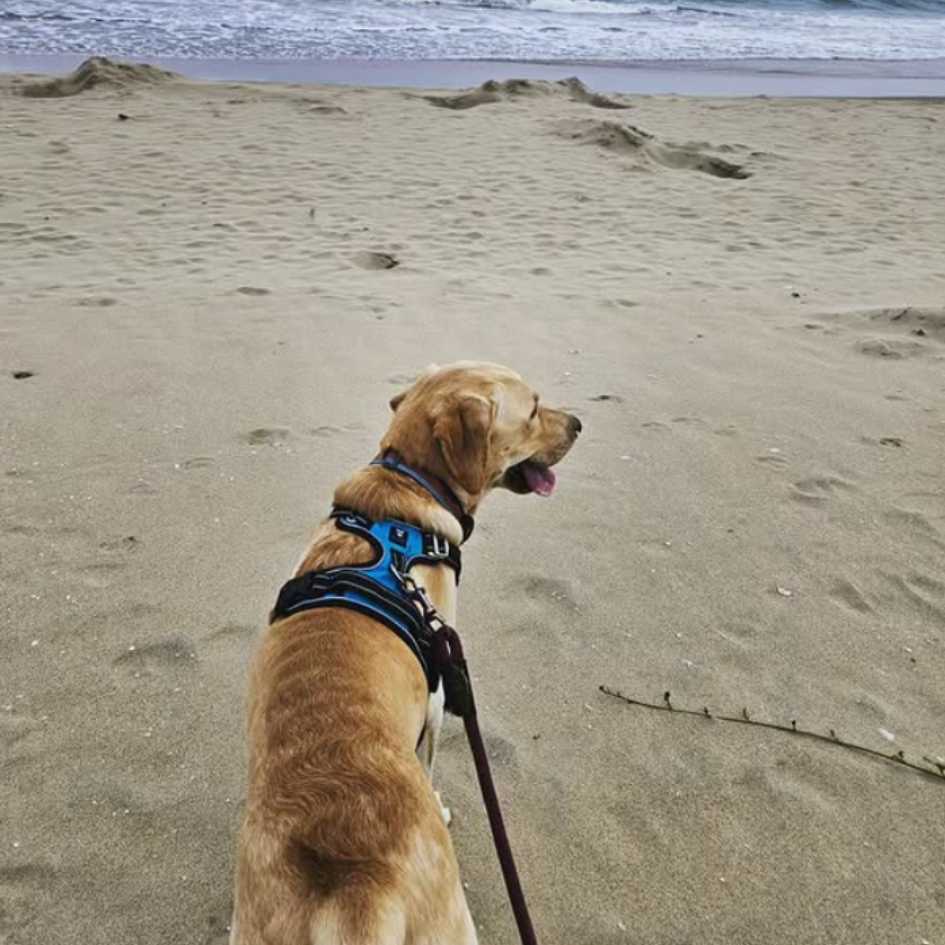
Simply strapping on a no-pull dog harness won’t magically fix your dog’s behavior. You need to combine it with training and positive reinforcement techniques. Every time your dog walks by your side without pulling, offer a treat and verbal praise.
If your dog begins to pull harder, stop walking. Wait until they come back to your side or use the harness design to guide your dog back to the correct position. Over time, they associate being near you with rewards and comfort.
Consistency and patience are key. You’ll need to time your dog and redirect their behavior every time they begin to pull. Never jerk the leash harshly — let the harness do the work.
What to Look for in a No-Pull Dog Harness
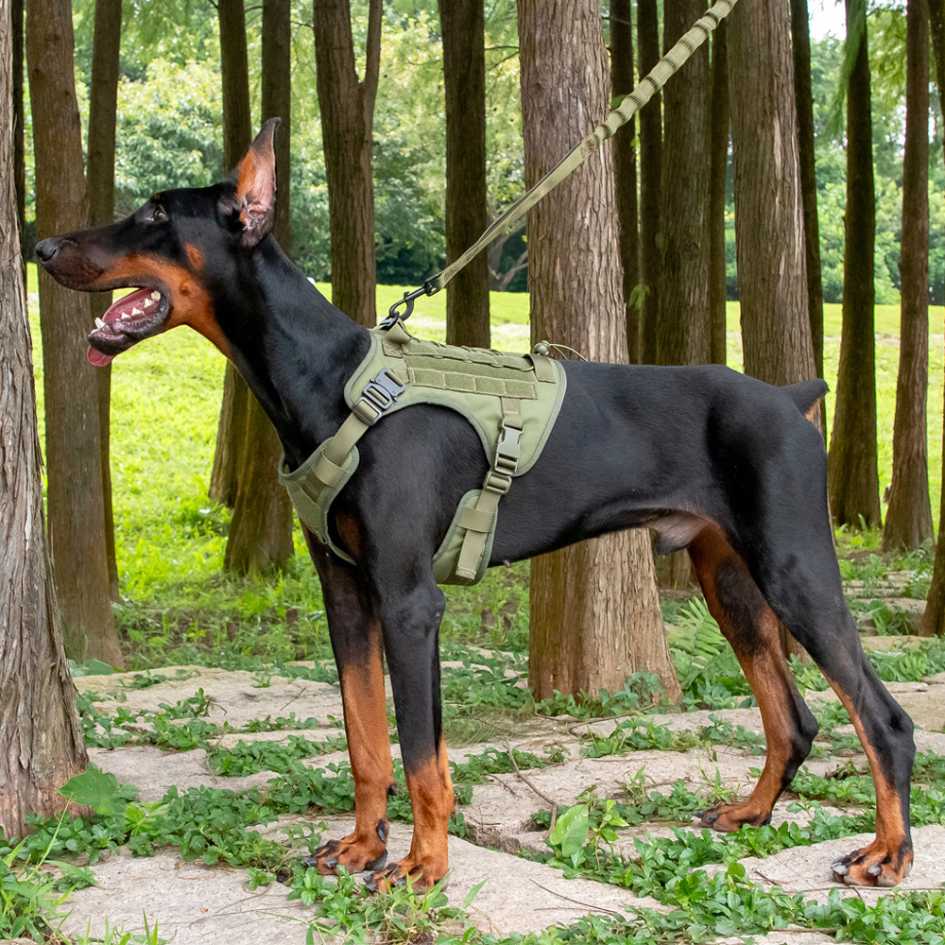
Not all dog harnesses are created equal. When shopping, make sure to choose one with:
- A front-clip or dual-clip design
- Wide, padded straps
- Durable material that resists wear and tear
- Adjustability for a snug fit
- A front ring and possibly a second ring for rear attachment
Also consider the ease of use — a harness should be simple to put on and take off, especially if your dog tends to squirm or slip during walks.
The harness doesn’t need to be expensive to be effective. Look for functionality and fit over flashy design.
How to Train Your Dog to Walk on a Loose Leash
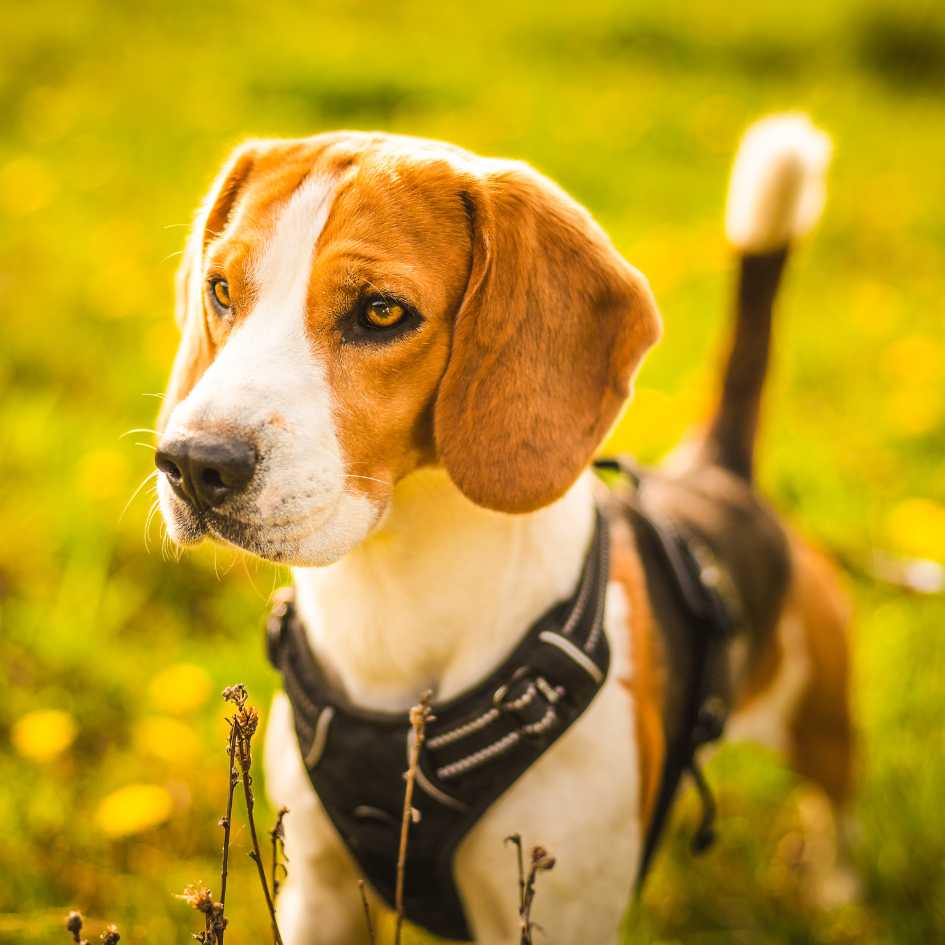
One of the biggest challenges in dog training is teaching your pup to walk on a loose leash. A no-pull dog harness helps, but training is essential. Begin with short walks in a low-distraction area.
Use treats to lure your dog into the correct position, typically with their head near your leg. Reward every few steps at first. If your dog starts to drag, stop walking and call them back.
Your goal is for your dog to naturally stay by your side, making walks more enjoyable for both of you. Over time, reduce the frequency of treats as the behavior becomes consistent.
Can a Harness Hurt My Dog?
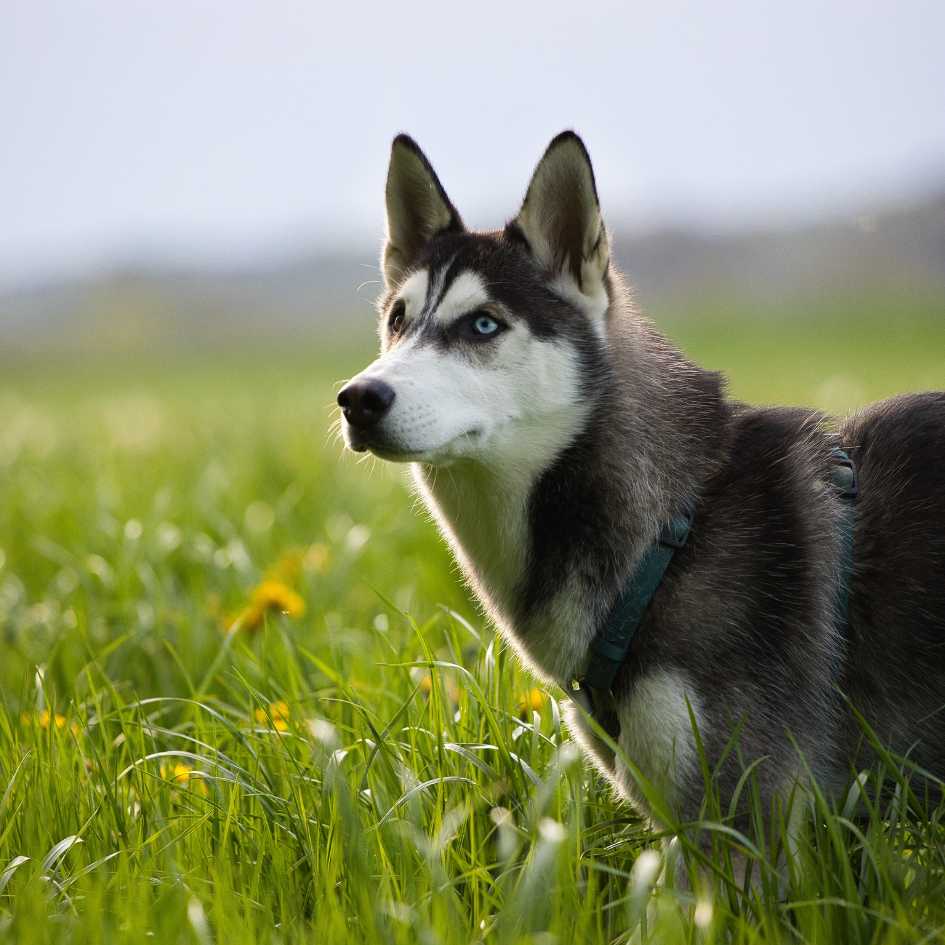
A well-fitted harness should not cause discomfort or hurt your dog. However, improper use — like over-tightening the straps, allowing chafing, or using the wrong type of harness — can lead to issues.
To prevent your dog from hurting, check the fit frequently. You should be able to slide two fingers under the strap. Also, monitor for signs of irritation, like hair loss or redness under the harness.
If your dog continues to resist or shows signs of pain, consult your vet or a trainer. Sometimes, switching to another type of harness or trying head halters can be helpful.
The Role of Treats and Rewards in Training
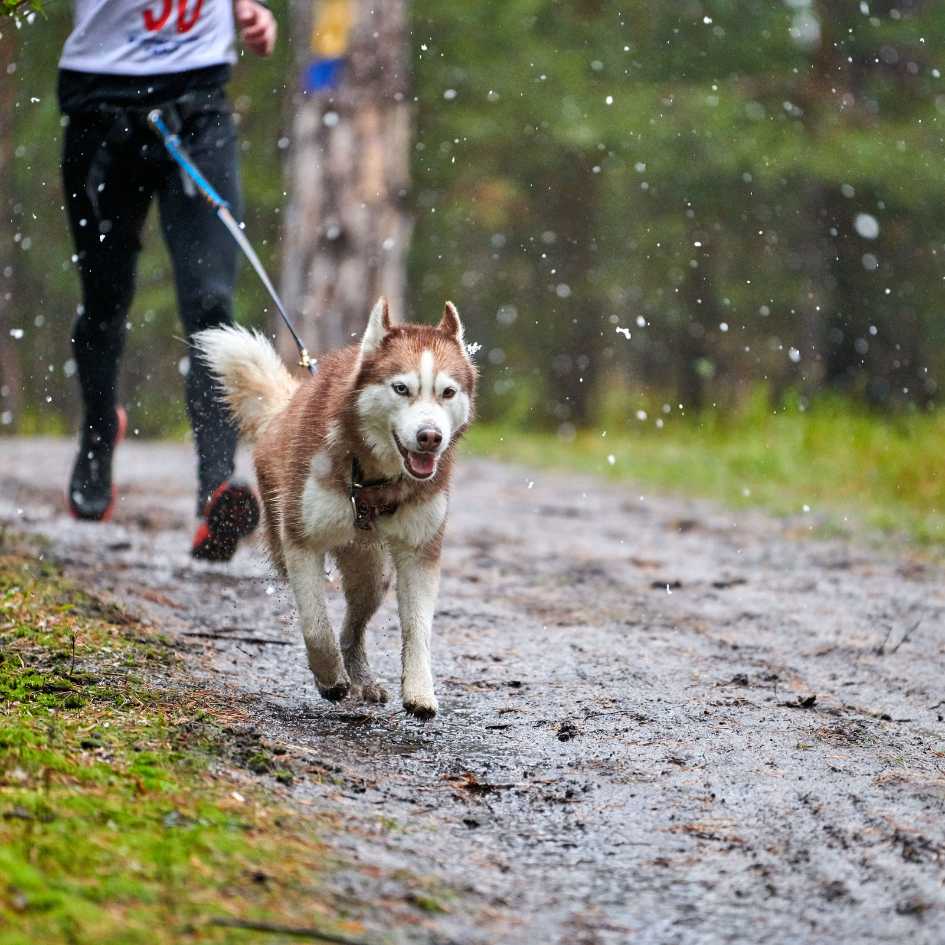
Tasty treats are a powerful motivator in dog training. When used correctly, they reinforce the behaviors you want — like walking calmly or not pulling. Always reward your dog immediately after the desired behavior.
Make sure to vary the treats to keep your dog interested. Use small, soft treats that are easy to carry and quick to eat during daily walks. You can phase them out gradually as your dog becomes consistent.
Treats paired with a no-pull harness make for an effective, gentle training combo that teaches your dog without stress or pain.
Final Tips for Happy, Hassle-Free Walks

Walking your dog should be an enjoyable activity, not a struggle. With the right no-pull dog harness, a little training, and consistent reinforcement, your dog can learn to walk calmly without pulling or dragging.
Here are some bonus tips:
- Start training early, but it’s never too late to begin.
- Keep training sessions short and positive.
- Use a consistent command when it’s time to walk.
- Avoid using retractable leashes during training.
- Remember: every dog learns at their own pace.
Key Takeaways: How to Walk Your Dog Without the Struggle

- A no-pull dog harness is a powerful tool to stop pulling and improve dog training.
- Harnesses work by distributing pressure across the dog’s chest, not the neck.
- Always use a harness that fits properly and matches your dog’s size and breed.
- Combine harness use with treats, consistency, and training and positive reinforcement.
- Avoid jerking the leash or using punishment — focus on rewards.
- Choose a type of harness with a front clip, padded straps, and secure fastenings.
- Watch for any signs of discomfort, chafe, or hurt and adjust accordingly.
- A well-trained dog who walks nicely on a loose leash is happier — and so are you.
Want to turn your chaotic dog walks into peaceful strolls? Start with the right harness, and build a routine that makes your canine companion look forward to every outing!











































